DIRECTED BY: Raoul Walsh
STARRING: Gloria Swanson, Lionel Barrymore, Raoul Walsh
NOMINATED FOR: Best Actress in a Leading Role (Gloria Swanson)
Best Cinematography (George Barnes)
Gloria Swanson is mostly remembered, in a totally ironic way, of her role as fallen movie star Norma Desmond in Billy Wilder's Sunset Blvd. Ironic in that Swanson was just as huge in the silent era and just as small in the talkies. She was very much a self-made woman, moving up from Mack Sennet's Keystone slapstick comedies (which she reportedly hated)into the costume dramas of Cecil B. DeMille and Sam Wood, where she became a fashion, a self-proclaimed "clothes horse."
She eventually built such a celebrity of herself that she gained control of her own roles, something only the likes of Chaplin could do at the time. And in 1929, Gloria Swanson wanted Sadie Thompson.
In 1921, W. Somerset Maugham's short story "Miss Thompson" was serialised and published. Based on a real life trip Maugham took to Pago Pago and his passing encounter with a San Francisco prostitute and a zealous preacher, it was later adapted into a highly succesful play entitled simply "Rain."
It was a controversial move on Swanson's part for many reasons. The Hayes code was mear months away from making it's impact, but making a movie that made a prostitue the protagonist and a preacher the antagonist at any point in history is a risky move. Yet, Swanson took the reigns as both star and producer and went ahead and did it anyway.
This film also brings back two familiar names. First, cinematographer George Barnes. We explored his earlier work in which we discovered his love affair with hands, but hand shots like those hardly show up in Sadie Thompson, and I wouldn't have known this was a George Barnes film had his name not been in the credits.
The other is production designer William Cameron Menzies. We already know that Menzies likes exotic locations, so Pago Pago, the capital of American Samoa, is right up his alley.

But we also know that Menzies prefers to keep things simple and don't make fantasy versions of foreign lands, like so many films do. There aren't any crazy samoans running around in face paints, beating drums, going Umaga crazy. In fact, there are hardly any natives at all. Pago Pago was a repair station for the U.S. Navy, so instead there's a bunch of horny white sailors hanging around.

In fact, there's only one samoan character in the entire film: the cigar-smoking wife of the local inn.
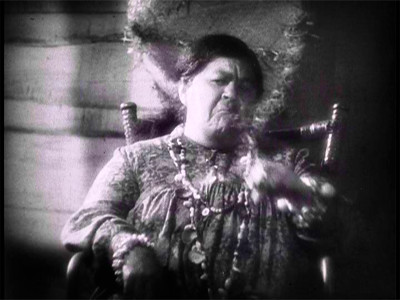
Not exactly the best image of the samoan people, but then, her husband isn't exactly a catch either.
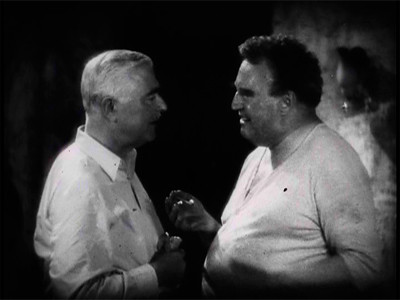
That's him on the right, played by James A. Marcus, who played the villian in previously review The Eagle. On the left is tourist Dr. Angus McPhail, played by Charles Lane. Early on in the film these two become good buddies, and act as the (almost) silent observers to the events of the film, only popping in once and be the film's Statler and Waldorf.
So, our story begins with a ship from San Francisco arriving at Pago Pago. The marines, bored out of their minds, wait excitedly to see what San Fran has to offer. It offers Sadie Thompson.
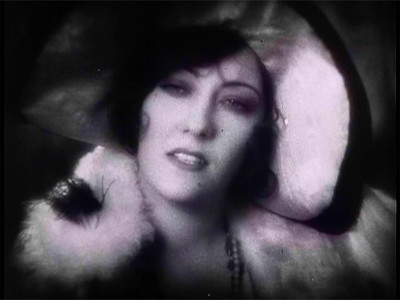
I should tell you, I am a 21st century man, and as such, my concepts of beauty are different from those common in the 1920s. The stars that were considered glamorous in the silent era had weird oval faces and distracting saucer eyes and were filmed in annoying soft glow and it does nothing for me.
But Gloria Swanson? She's cute.
All the marines flock to Sadie, and she gets them all wrapped around her finger. They trail her everywhere, including her hotel room, where they help set up her things.

All these merry times quickly end however. Another person was on that boat, and he's got a hair up his ass.
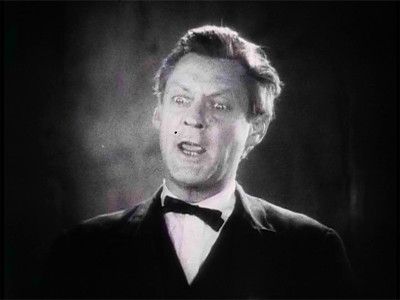
Alfred Davidson is now the island's resident reformer, focusing on bringing the natives to Christianity. He's the same kind of religous extermist that's played the bad guy in a vast number of films, the most recent example I can think of being The Mist. I'm actually kind of tired of this type of character myself. Very few people are like this in real life, and don't really represent their respective religons on a whole. There's a lot to be said against Christianity, but displaying these kind of characters and going "Eh, look at that, I told you they were crazy" is not the best way to go about doing that.
Davidson is played by Lionel Barrymore, who's best remembers as playing Henry Potter in It's a Wonderful Life. Now, I like the guy, but in Sadie Thompson, he doesn't really add any depth to his character. His gestures are wide and theatrical, and his face is always that of menace. Still, it maybe a 2D character, but Lionel really does know how to strike a pose.
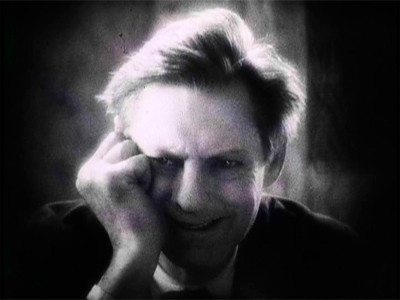

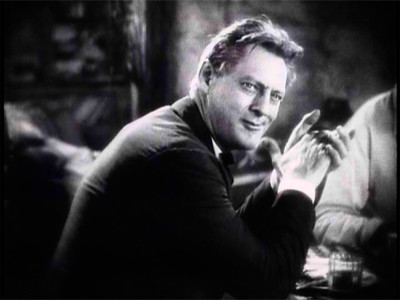
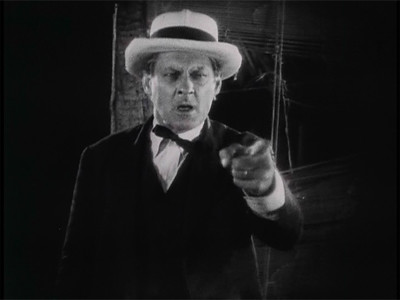
So, how does Gloria Swanson's acting fair? A lot better. Where as Barrymore plays most of his role with his arms and his stance, Swanson plays her's with her face. It seems like Film Acting 101, but consider that most actors from the silent era were stage veterans, where you didn't have any closeups. To be able to communicate without words and to do it so detailed within your own facial expressions wasn't so common back then.
The film really only has two characters, Sadie Thompson and Alfred Davidson. Sadie is an ex-prostitute on the run from the law for a crime she says she didn't commit, and Davidson holds enough power over the island to ship Sadie back to San Francisco. Most of the film consists of their conversations, her trying to convince him to just leave her alone, him trying to convince her to atone for her sins.
Davidson is a dangerous man, and while Sadie is able to keep herself happy by being entertained by the marines, the moment the fun stops, her mind returns to Davidson.

Finally, Davidson convinces the govener to ship Sadie back to San Fran, back to the police. This results in a great scene where Sadie starts cursing Davidson out.
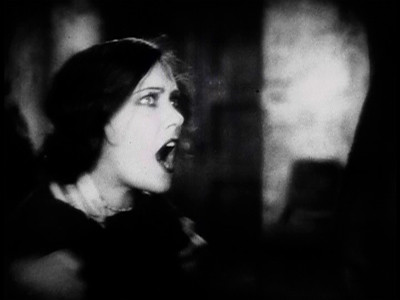
We can't hear the words, of course, but we can see how people react to them.
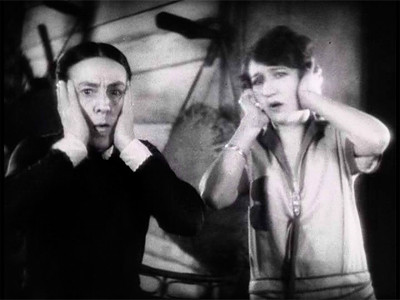
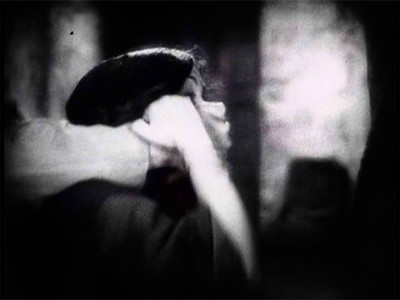
Davidson then goes on the offense, telling her that her fate is certian, that the only way she can stand her time in jail is to turn to God, literally beating her into a corner.
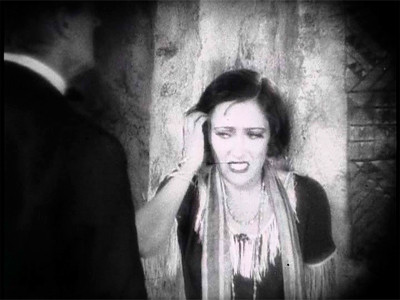
Now I feel like a sports announcer.
In one last ditch effort, Sadie pulls the "throw a fit like a five-year old" play.
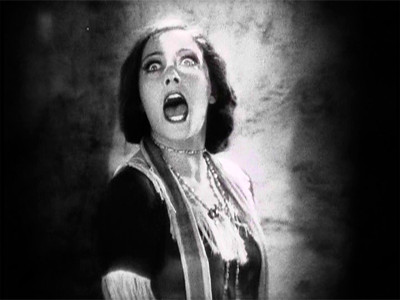
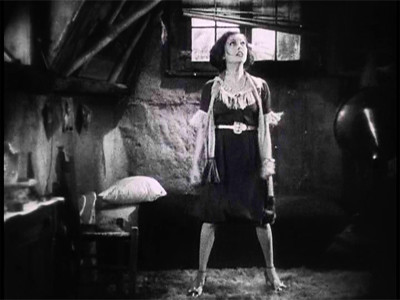
The rest would be spoilers. Not that I haven't given away plenty of spoilers before, but so far, out of all the films I've seen for this project, this film is my favorite so far, and I'd prefer you just see it yourself.
Plus, um, I'm busy.
Go away.
No comments:
Post a Comment